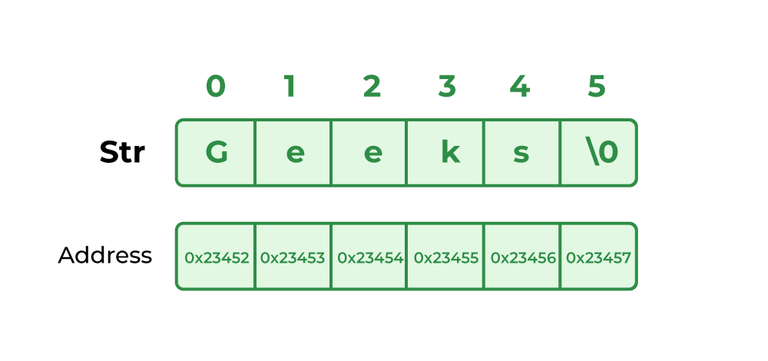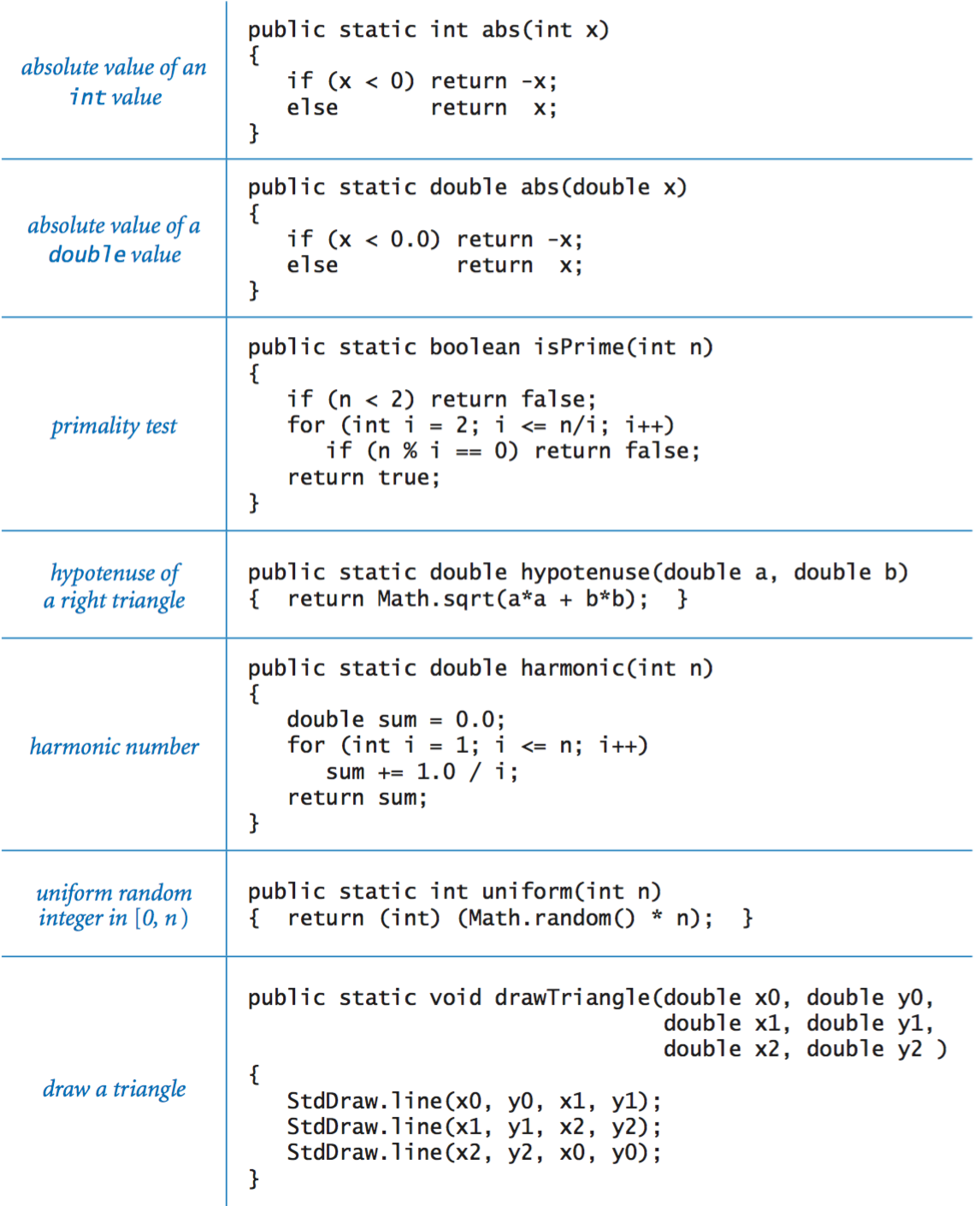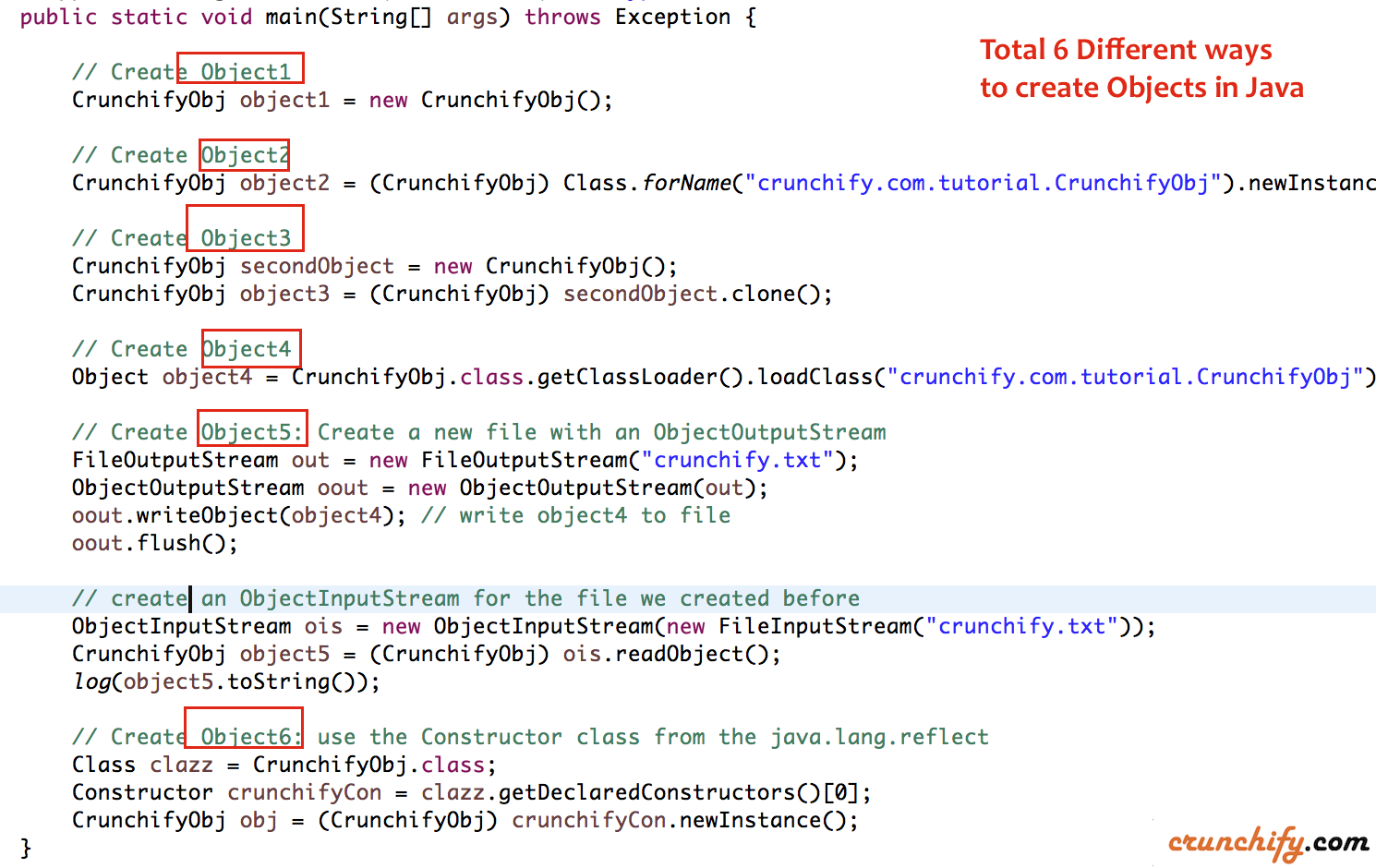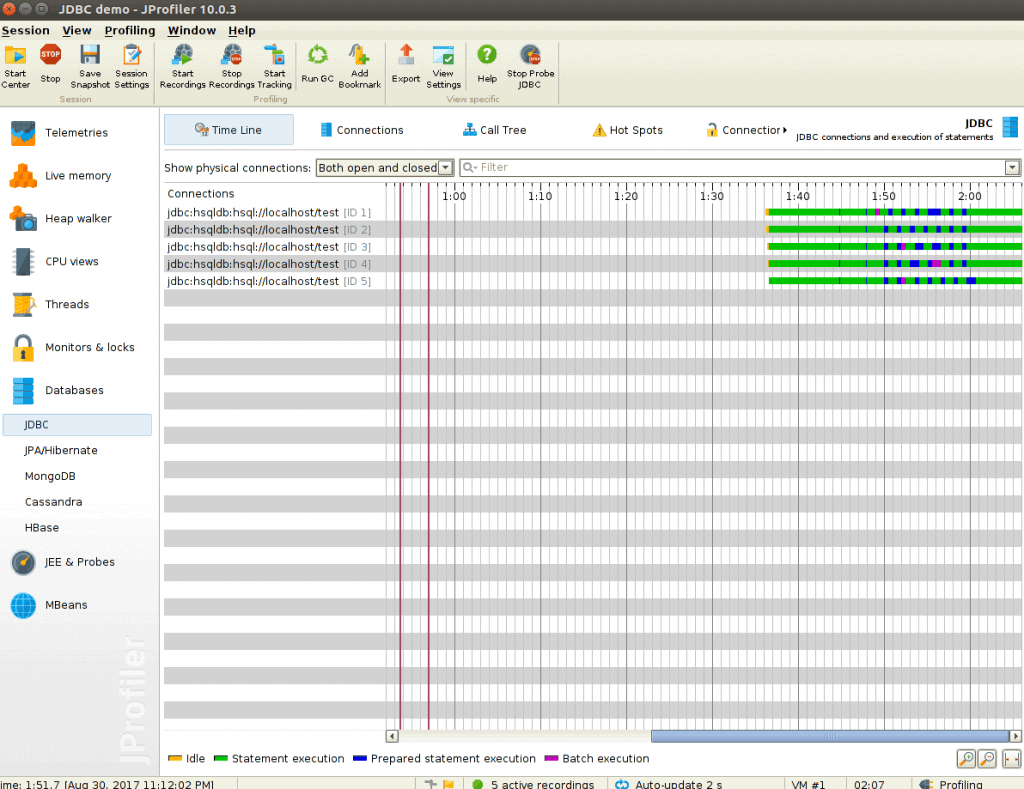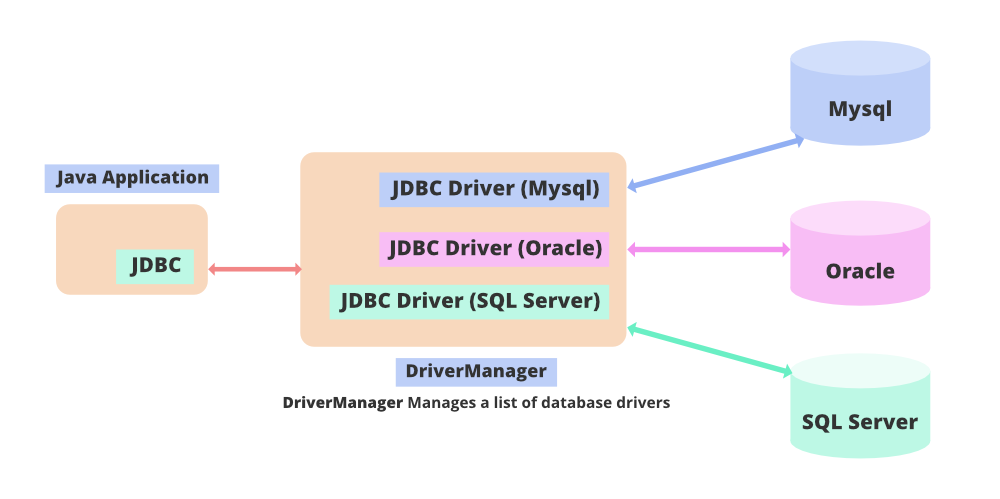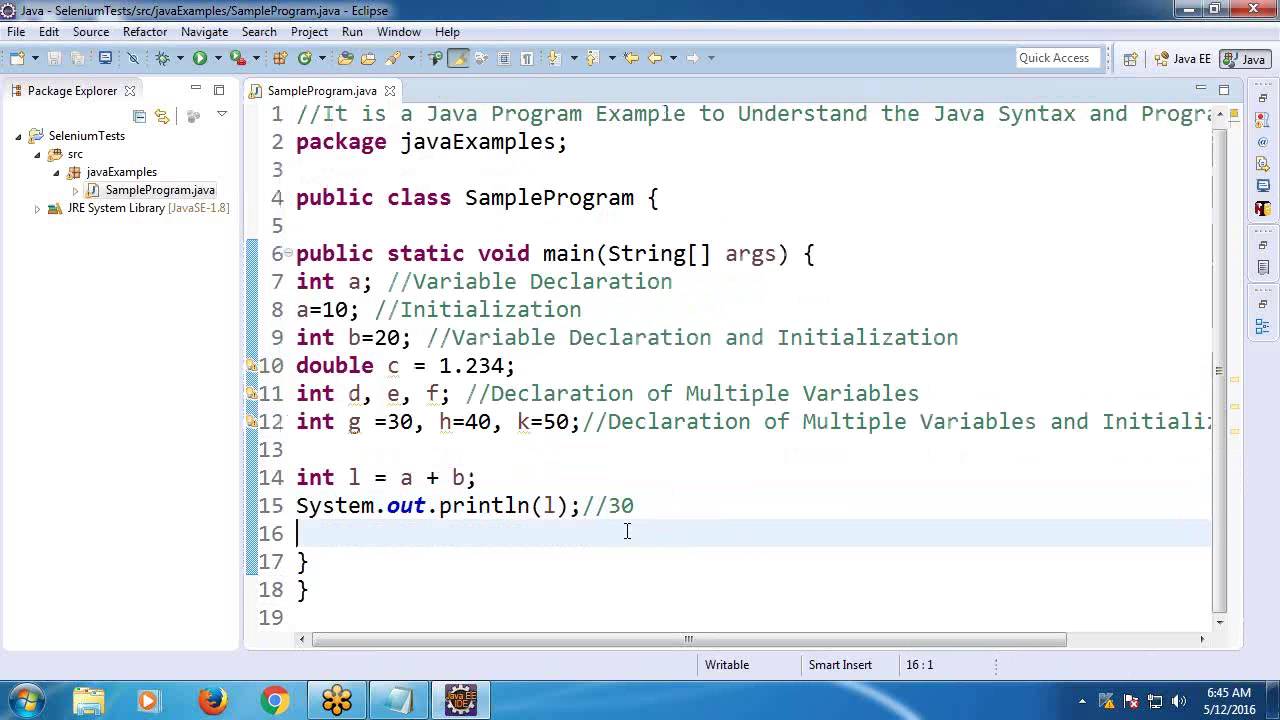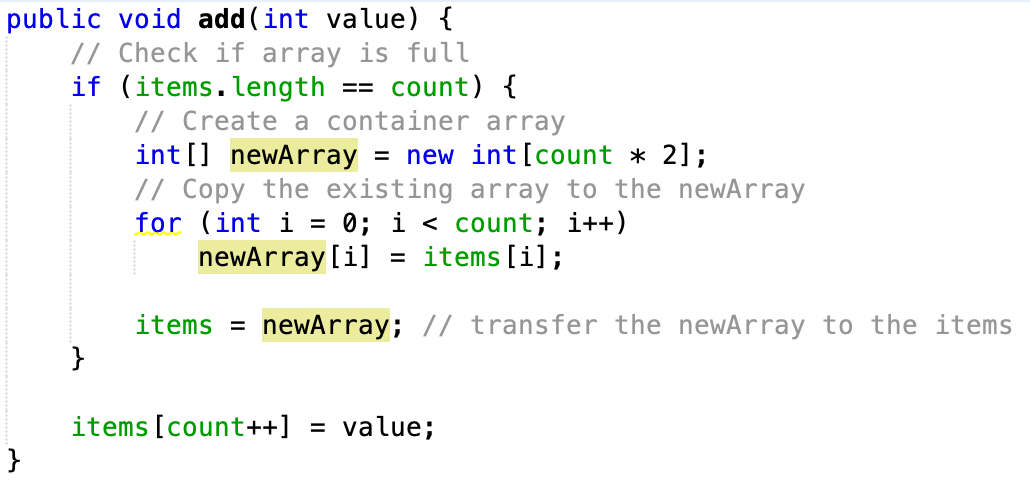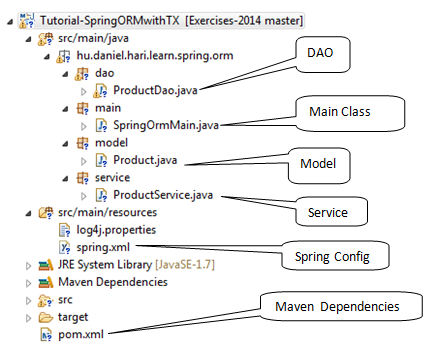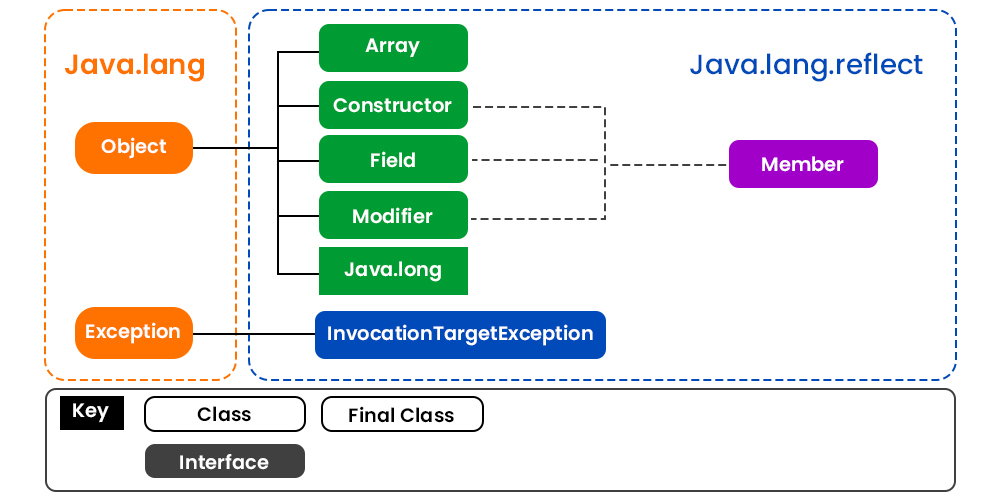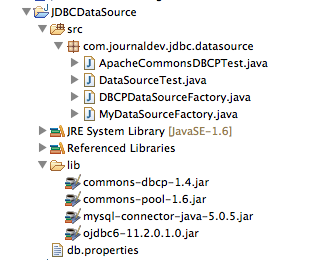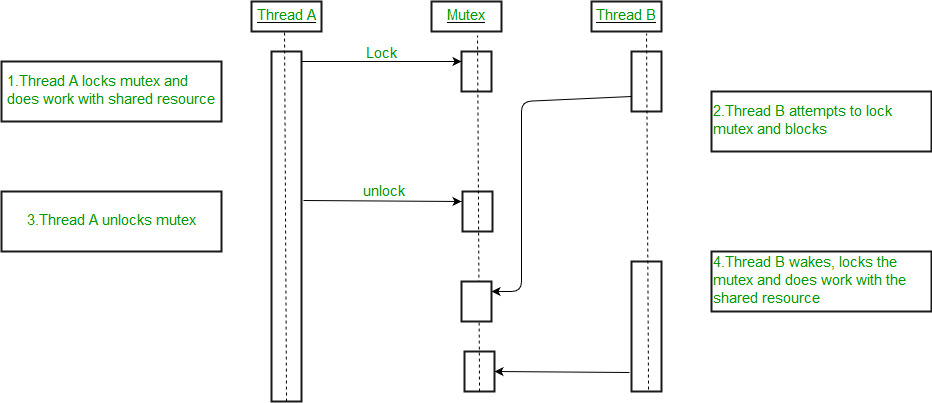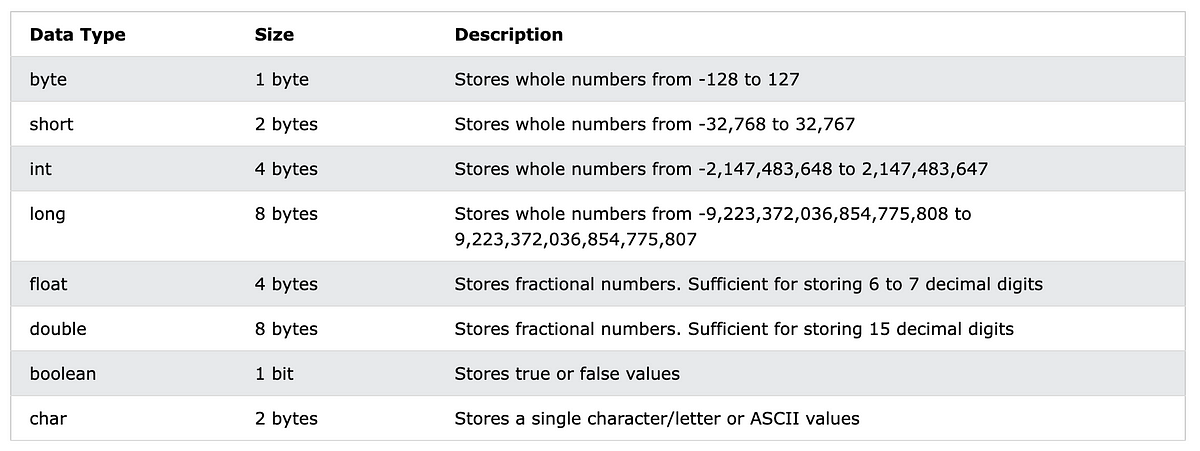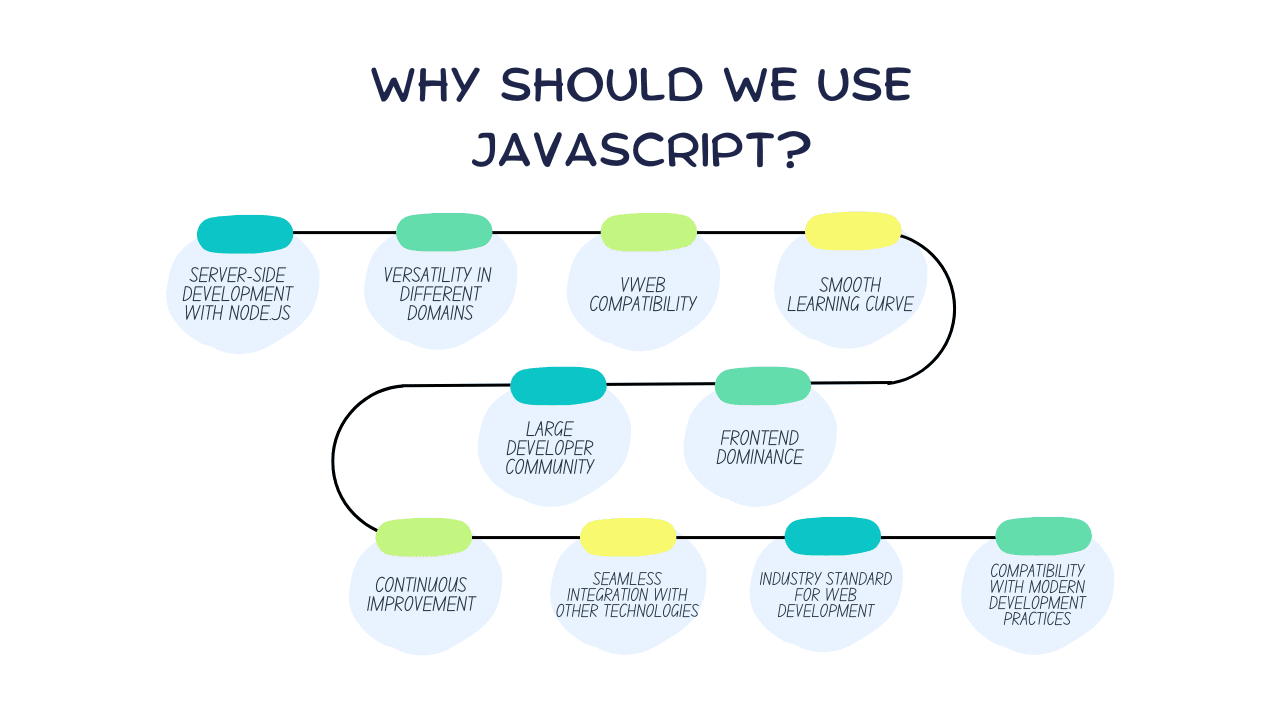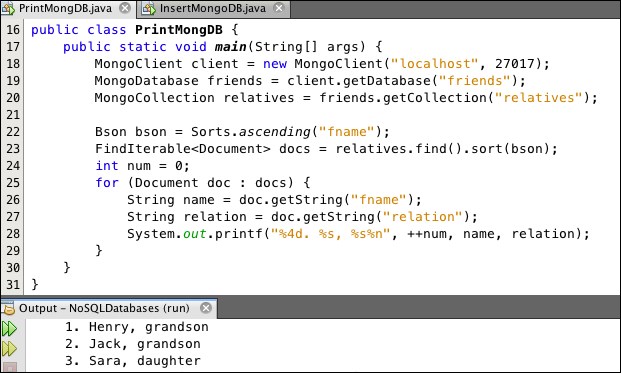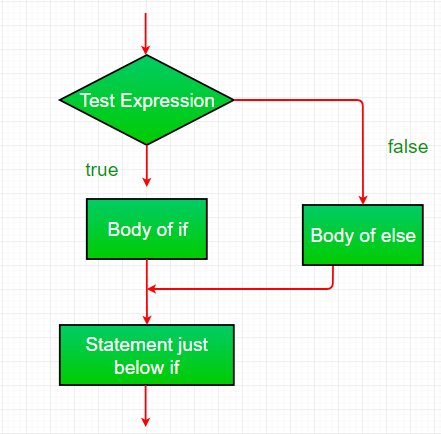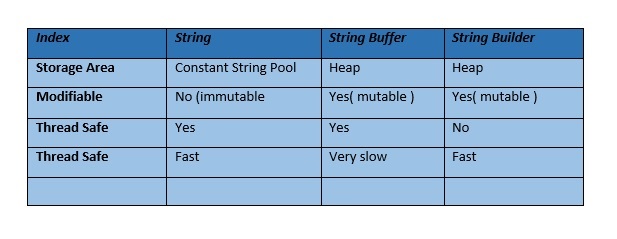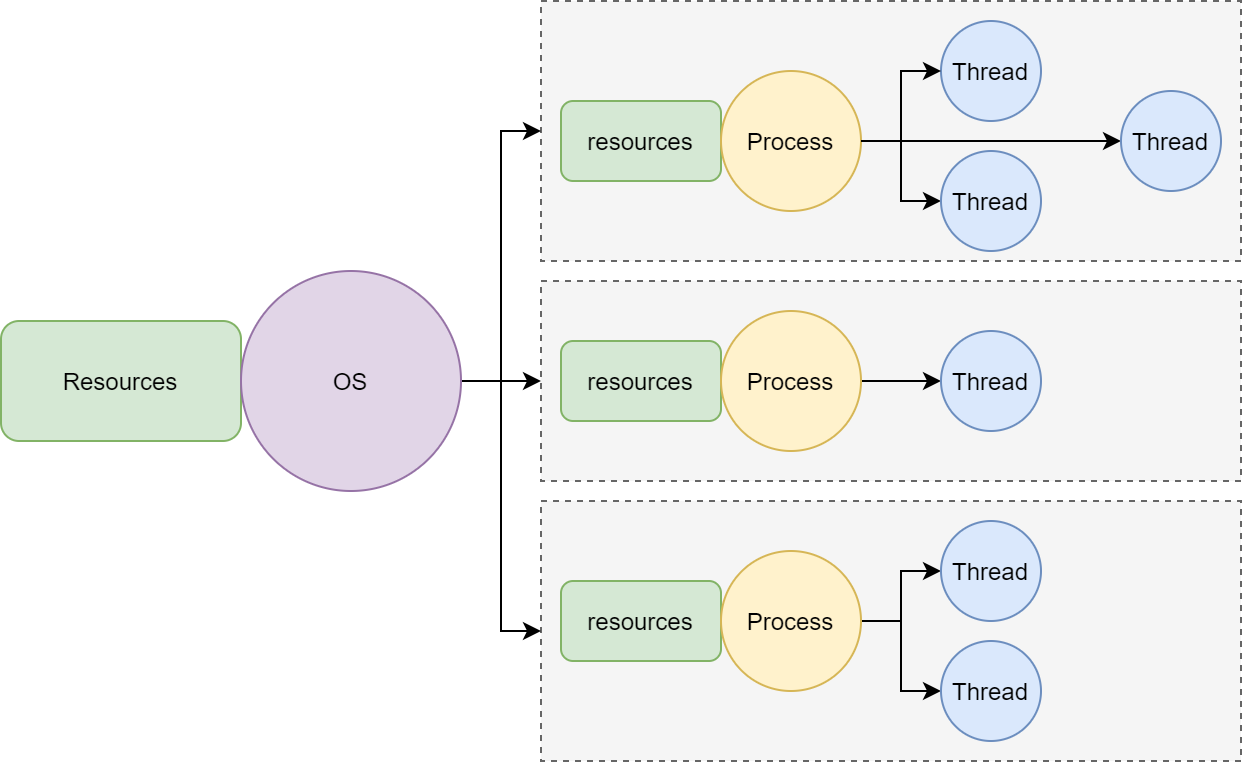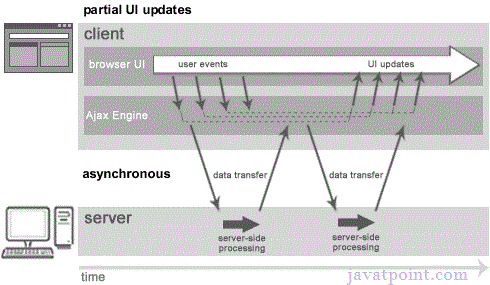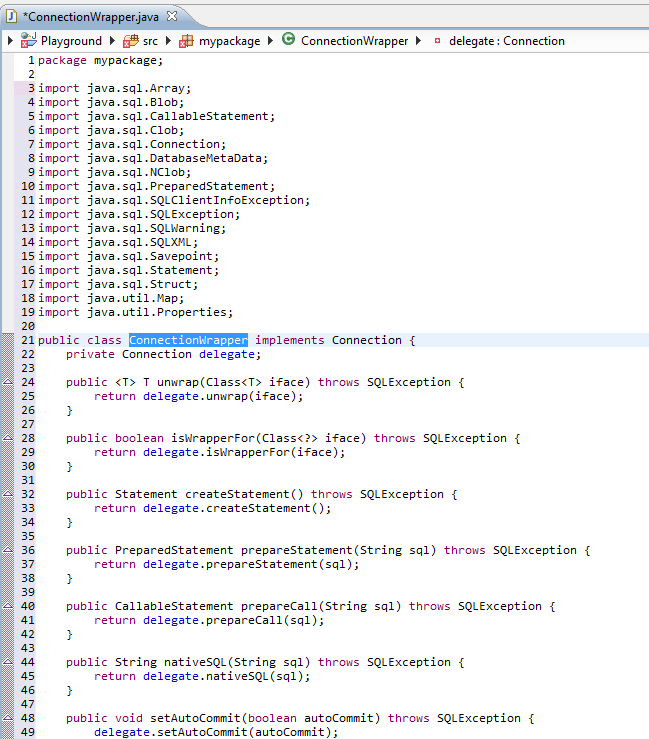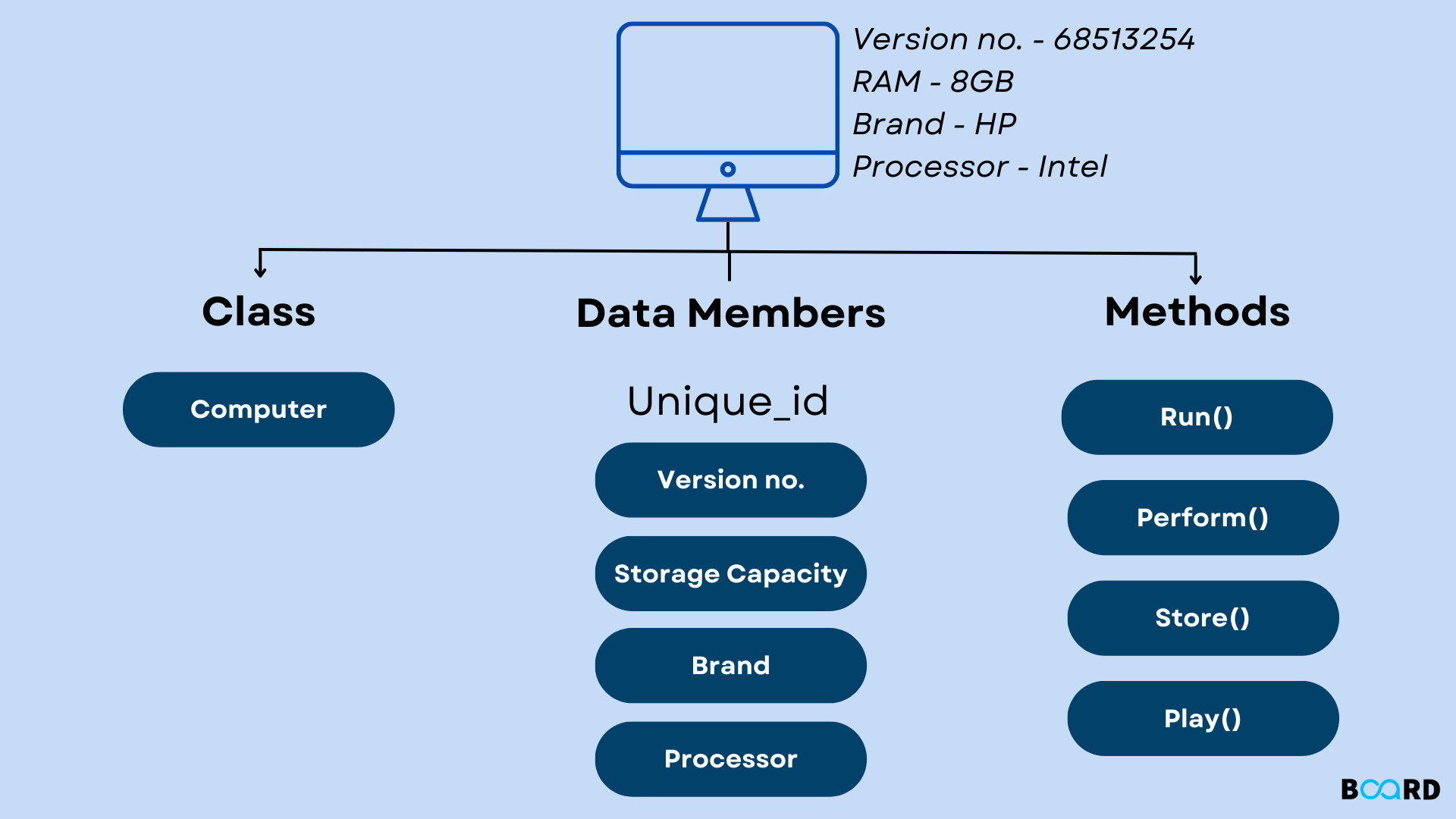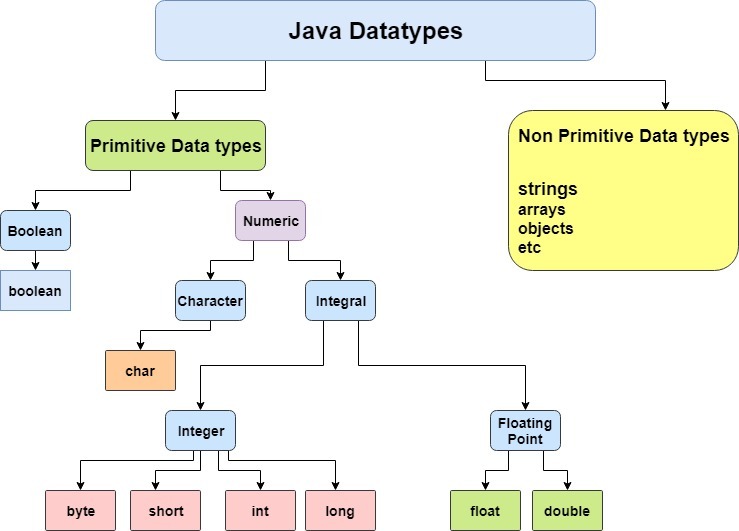java lock condition
java lock condition
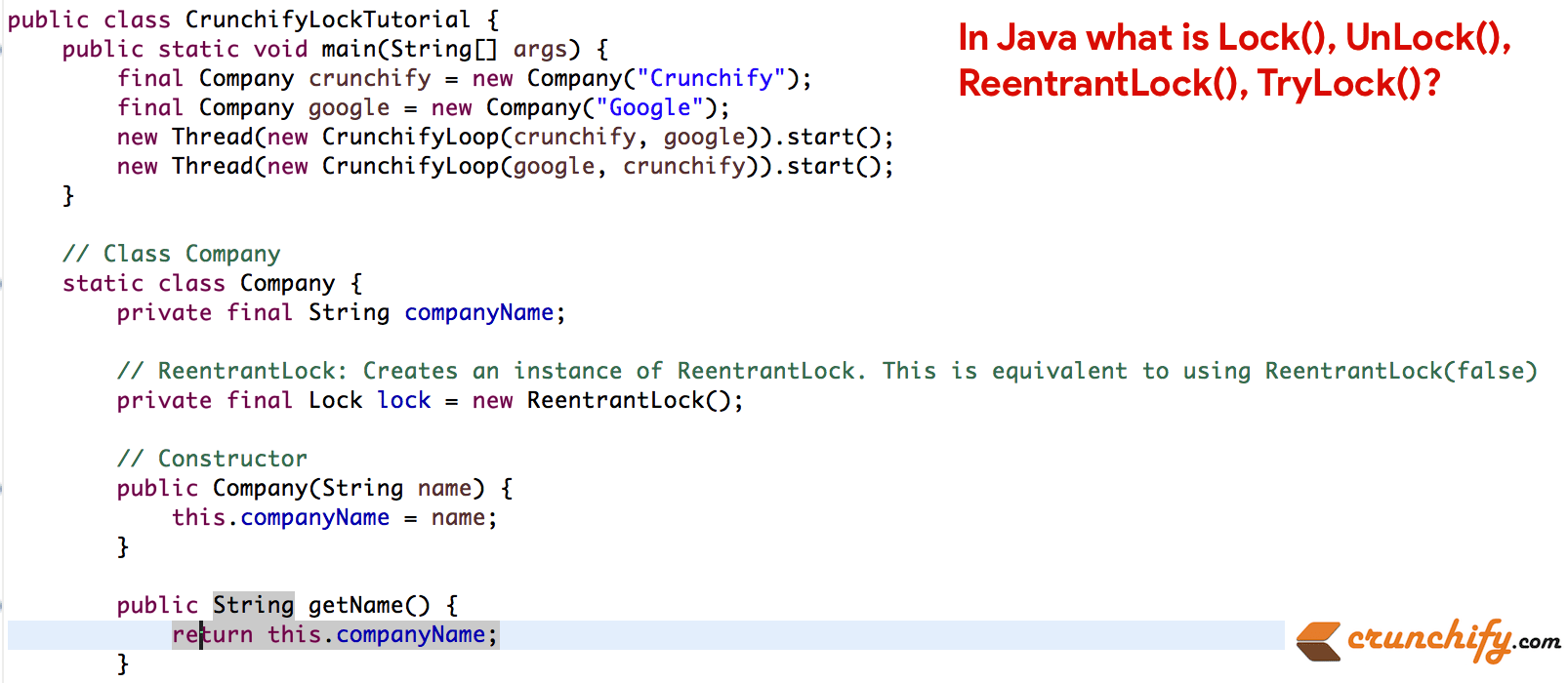
I'm glad to see that you're interested in learning about Java locks and conditions! In this explanation, I'll cover the basics of using locks and conditions in Java Multithreading.
Locks:
In Java, a lock is an object that can be acquired and released by multiple threads. The primary purpose of a lock is to ensure that only one thread can execute a critical section of code at any given time. There are two main types of locks in Java:
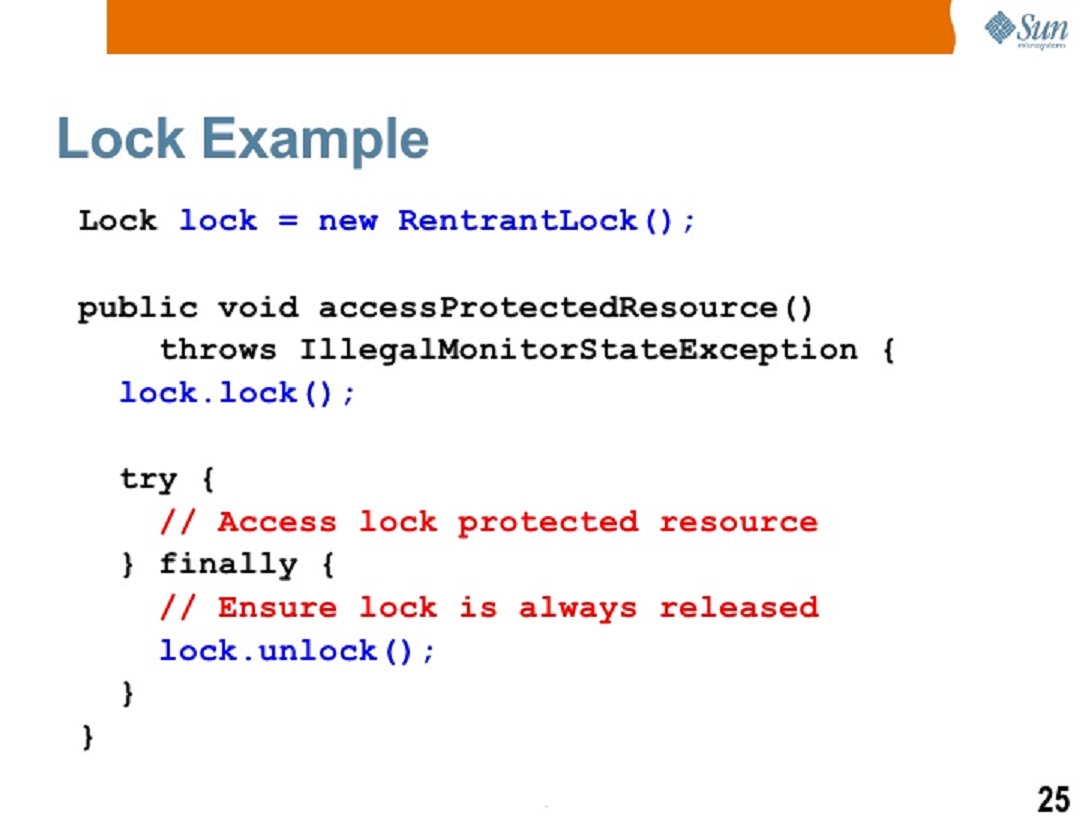
To use a lock in Java, you need to create an instance of ReentrantLock or ReentrantReadWriteLock, depending on your requirements.
Condition:
A condition is a mechanism that allows threads to wait and notify each other. It's used to coordinate the behavior of multiple threads that are sharing resources protected by a lock. A condition variable can be thought of as a flag that indicates whether a certain event has occurred.
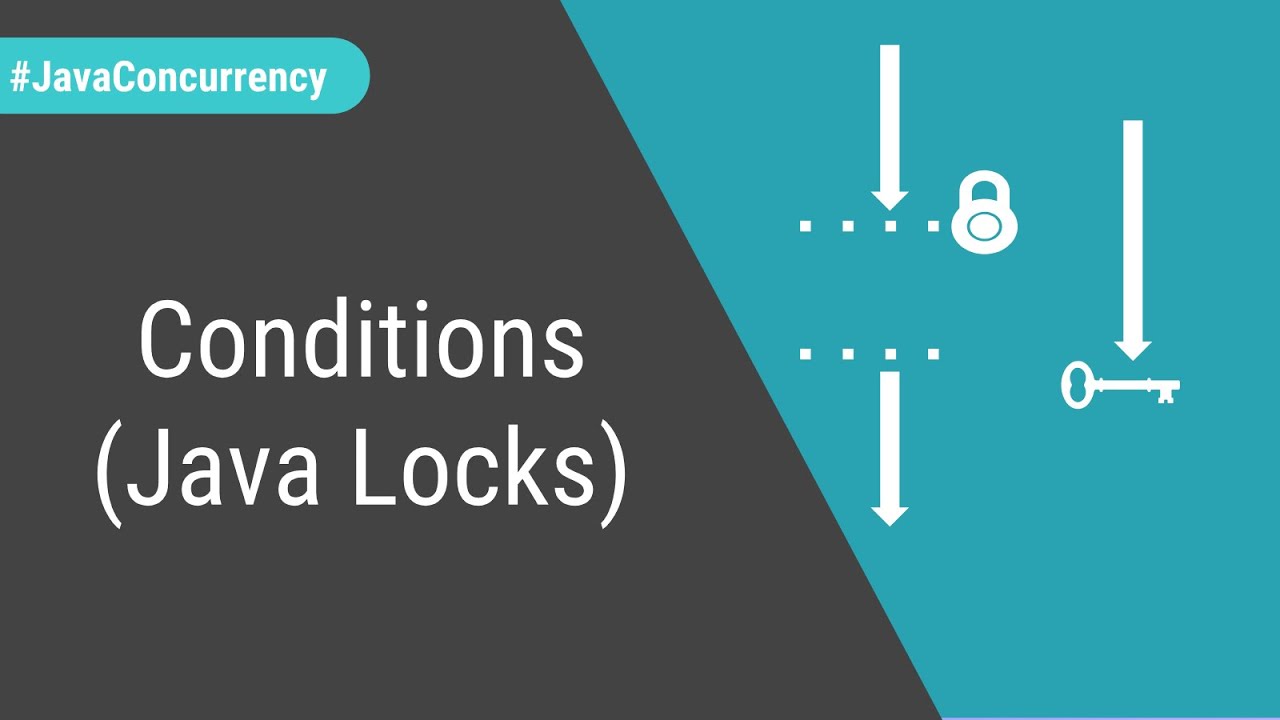
There are two main methods associated with a condition:
wait(): This method makes the current thread wait until another thread callssignal() or signalAll(). signal() or signalAll(): These methods notify one or all waiting threads, respectively.
Here's an example of using a lock and condition:
import java.util.concurrent.locks.Condition;import java.util.concurrent.locks.Lock;
import java.util.concurrent.locks.ReentrantLock;
public class Printer {
private final Lock lock = new ReentrantLock();
private final Condition condition = lock.newCondition();
public void print(int number) {
lock.lock();
try {
// Do some processing before printing
System.out.println("Printing: " + number);
// Signal to other threads that the task is complete
condition.signalAll();
} finally {
lock.unlock();
}
}
public void waitUntilPrinted() throws InterruptedException {
lock.lock();
try {
// Wait until the printing task is complete
condition.await();
} finally {
lock.unlock();
}
}
}
In this example, print() method acquires the lock and prints a number. The waitUntilPrinted() method waits until the print operation is complete by calling condition.await(). When the print task is finished, the thread that called print() calls condition.signalAll() to notify all waiting threads.
Benefits:
Using locks and conditions in Java Multithreading provides several benefits:
Concurrency: Locks ensure that only one thread can execute critical sections of code at a time. Coordination: Conditions enable threads to coordinate their behavior and wait for specific events to occur. Efficiency: By using lock-free synchronization mechanisms, you can reduce the overhead of locks and improve performance.In conclusion, Java locks and conditions are essential components in Java Multithreading. They provide a way to synchronize access to shared resources and enable threads to coordinate their behavior. Understanding how to use locks and conditions effectively is crucial for building efficient and scalable multithreaded applications.
reentrantlock in java

I'm happy to respond in English for you.
Reentrant Lock is a type of synchronization mechanism in Java that can be acquired and released multiple times by the same thread without causing problems. This is unlike other locks like synchronized blocks, which would block if a thread tries to acquire the lock again while it still holds the lock.
A Reentrant Lock provides the following benefits:
Reentrancy: A thread can re-enter the critical section multiple times without causing any issues. This allows for more flexibility in designing concurrent programs.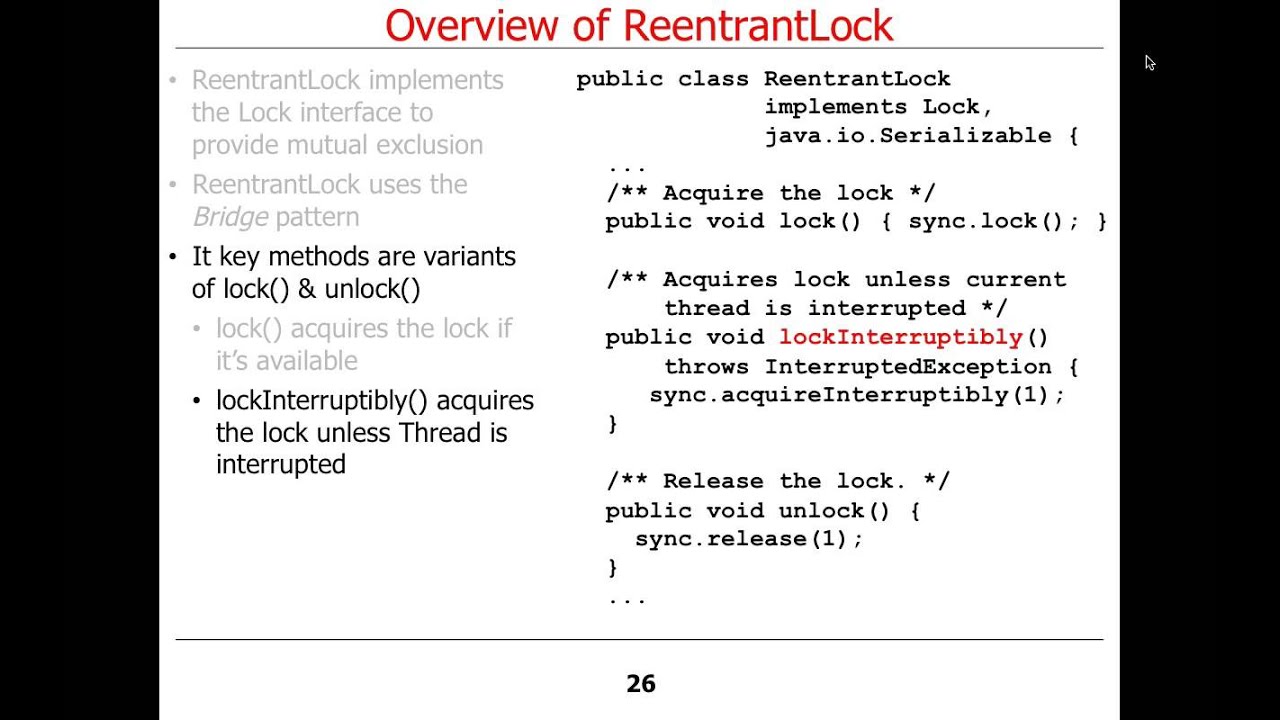
Here's how you use Reentrant Lock:

import java.util.concurrent.locks.ReentrantLock;public class ReentrantLockExample {
private final ReentrantLock lock = new ReentrantLock();
public void doSomething() {
lock.lock();
try {
// your critical section code here
} finally {
lock.unlock();
}
}
}
In the above example, we create a ReentrantLock and use its lock() and unlock() methods to synchronize access to the critical section. The try-finally block is used to ensure that the lock is always released, even if an exception occurs.
The benefits of using Reentrant Lock are:
Better scalability: Since a thread can re-enter the critical section multiple times without causing any issues, you can write more concurrent and scalable programs. Easier debugging: With the ability to re-enter the critical section, it's easier to debug concurrent programs because you don't have to worry about lock contention or deadlocks.However, Reentrant Lock also has some drawbacks:
More complex code: Using Reentrant Lock requires more careful management of locks and unlocks, which can make your code more difficult to read and maintain. Performance overhead: There is a small performance overhead associated with using Reentrant Locks because they use more system resources than other synchronization mechanisms.In summary, Reentrant Lock is a powerful tool for writing concurrent programs in Java that provides reentrancy and fairness. While it requires more careful management of locks and unlocks, it can lead to more scalable and easier-to-debug code.
